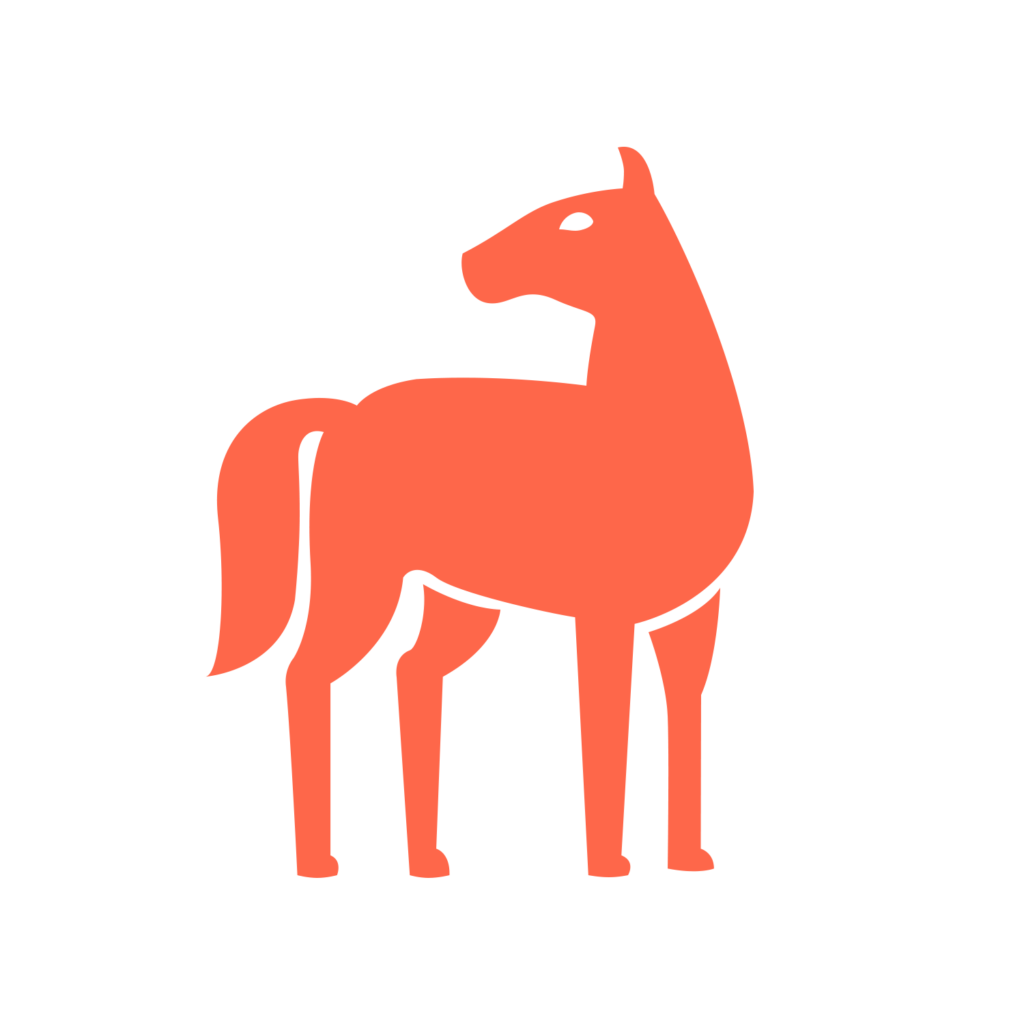

Gait
Turnaround: 3-5 business daysTurnaround: 7-10 business days
Price: $95.00Price: £95.00
Breeds: All
Description
Horse gaits are the various ways in which a horse can walk or run. An animal’s gait is a defined as the specific way they walk or run. They can have either natural or ambling gaits. Ambling gaits are several different types of gaits taught to horses by trainers for things such as races, trick riding, and performances.
Horses have four naturally occurring gaits. In increasing order of speed, the four natural gaits of a horse are: walk, trot, canter, and gallop. Even though the canter is distinguished as having three beats, and the gallop as having four beats, some people consider the canter a variation of the gallop.
A walk is typically defined as taking four hoof beats averaging 4 miles per hour and progressing in the following sequence: left hind leg, left front leg, right hind leg, and right front leg. There is a short period of suspension between each foot.
A trot has two hoof beats, where legs diagonal from one another lift off and hit the ground simultaneously. A trot typically averages at a speed of 6-10 miles per hour.
A canter is a three-beat gait usually ranging between 10 and 15 miles per hour, depending on the speed of the horse.
The fastest of these four speeds is the gallop. This covers anywhere from 25 to 30 miles per hour.
Standardbreds, which are the breed of horses in harness racing, either trot or pace. A pace is where the foreleg and hind leg move in unison. Trotters must be trained not to break their gait at high speeds in order to gallop, which is a disqualification during a race.
Scientists in Sweden have recently discovered that DNA mutations in a single gene (DMRT3) influences a horse’s ability to trot or pace. There is a relationship between this gene and why some horses have a tendency to break their gait and go into a gallop. It's believed that this genetic variation happened more than 1,000 years ago. Ancient horses with this genetic difference would have perhaps had a smoother ride and, thus, were kept and bred.
Possible Results
| Genotype | Description |
|---|---|
| A/A | Homozygous: Horse has two copies of the mutation influencing gait. |
| C/A | Heterozygous: Horse has one copy of the wild-type allele and one copy of the mutated allele. |
| C/C | Negative: Horse has two copies of the wild-type allele. |